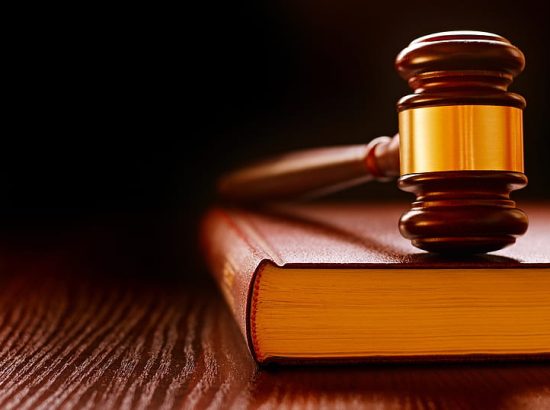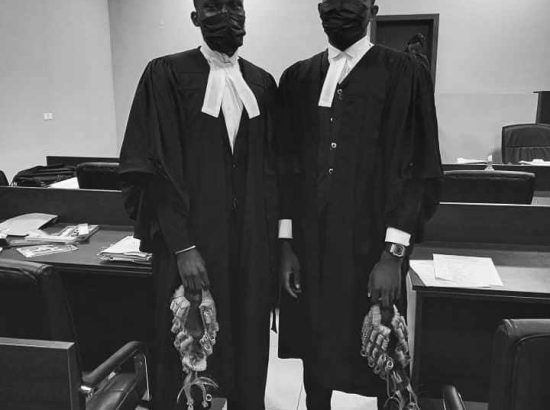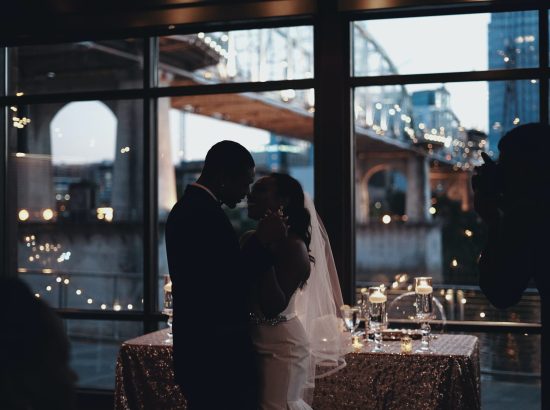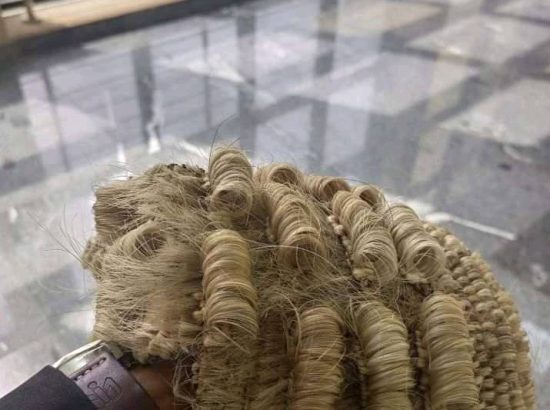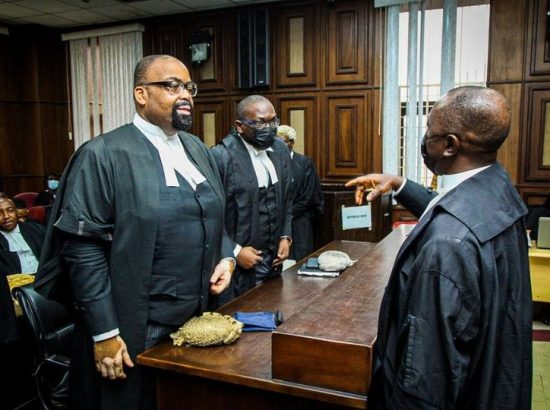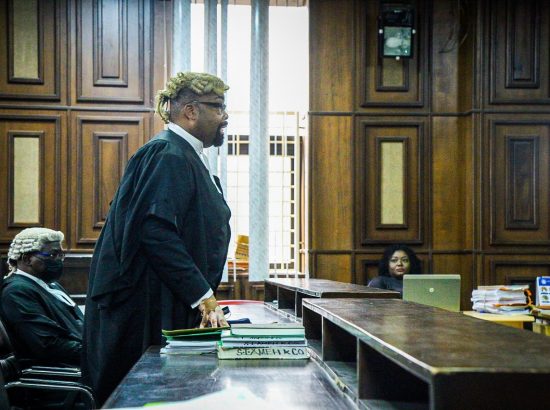EX – PARTE APPLICATION IN REMAND PROCEEDINGS, AN AMBUSH AGAINST A SUSPECT/DEFENDANT UNDER THE AKS ACJL AND OPTIONS THAT AVAIL A SUSPECT/DEFENDANT/DEFENCE LAWYER
Written by Meti M. Ukpeh, Esq. A.) As we all know, a remand proceeding is simply, a criminal procedure undertaken by a criminal prosecutor before a Magistrates’ Court who will...


